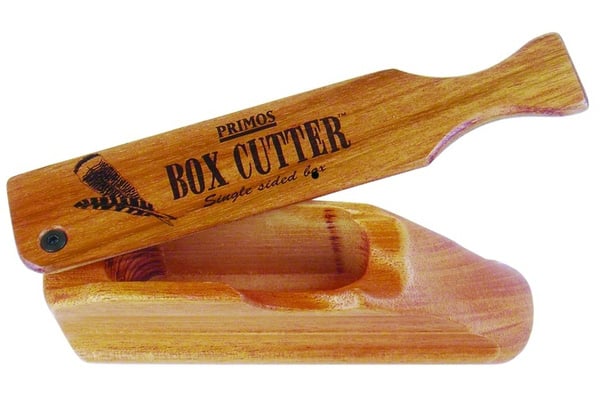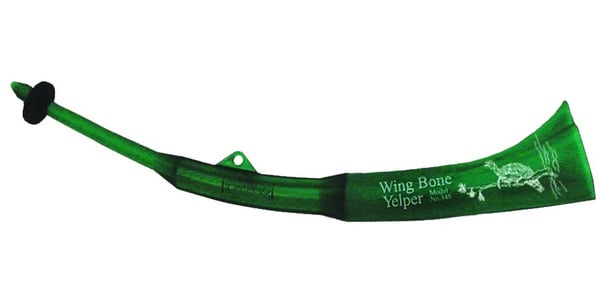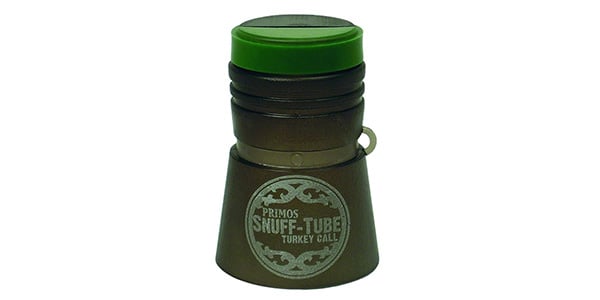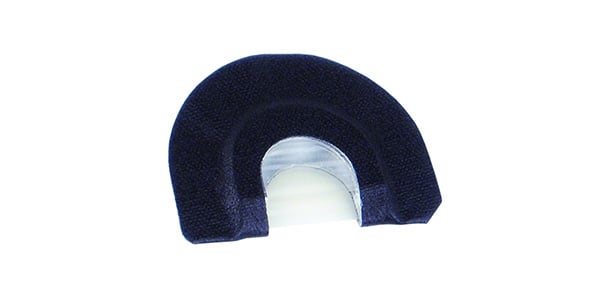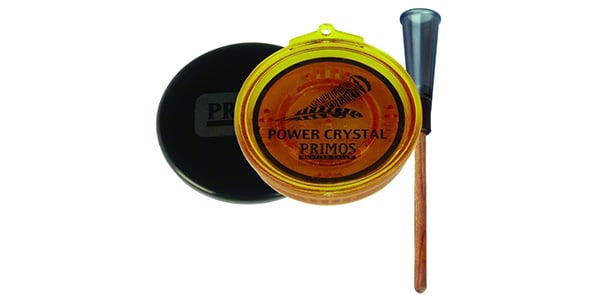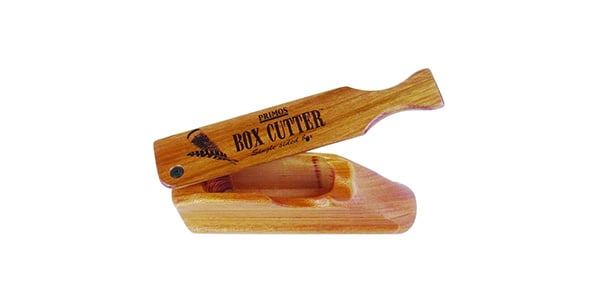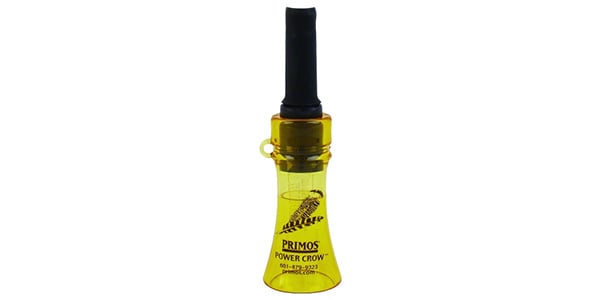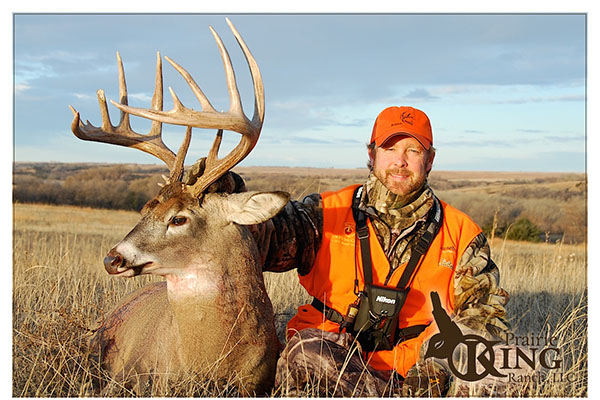Last Updated on
By David Link
Turkey hunting in North America has been a tradition for hundreds of years before European settlers settled upon the continent. According to the NWTF (National Wild Turkey Federation), Native Americans first began crafting turkey calls over 4000 years ago, and today the practice is more popular than ever. There are a lot of methods and devices utilized to coax a turkey in closer today, and the choice of the right device can be a little overwhelming for those who starting out on their own. We’ll examine all the basic calling devices so you can know what your options are before you order this year’s turkey hunting supplies. There are generally three types of calls: mouth calls, friction calls, and box calls, but locator calls can be sparingly used in your turkey hunting exploits as well. Let’s examine the popular variants of all four varieties.
Turkey Call Types
Wing Bone Calls
Wing bone calls were the earliest calls employed in turkey hunting. They were crafted out of turkey bones from previous hunts or scavenging, and they consisted of hollowed out turkey wing bones. When the NWTF talks about 4000 year old calls, these are the variety they are describing. These calls are operated with the mouth of the user, and they make yelping noises when the user sucks or almost makes a kissing motion on the end of one side of the hollow bone. While you can still find some real turkey wing bone calls on the market today, most companies are producing these calls out of plastic or other materials now. These calls are part of the mouth call variety, and they can be useful when a turkey is near since they can be used without much movement.
 Tube Calls
Tube Calls
Tube calls are another variety of mouth calls that utilize air blown through a tube to create a variety of turkey sounds. Tube calls are small and compact which makes them easy to transport or hang around your neck, and the caller can remain motionless while using them so he / she doesn’t give away their position.
Diaphragm Calls
The most sophisticated variety of mouth call is a diaphragm call. These calls consist of a mouth piece that the caller holds in their mouth to make yelp calls. The user can also cup their hands around their mouth to encourage sound to travel as they call. Once again, the caller can stay motionless when they are using a diaphragm call so there is less chance of spooking a turkey. Better yet, there is no need to put down the call or free your hands when you are ready to shoot. You only have to leave the diaphragm in your mouth while you aim your shotgun. The real downside of a diaphragm call is that they require significant practice to master. If you invest in a diaphragm, make sure you buy some calling videos and practice at home before taking it into the field.
 Friction Calls
Friction Calls
Friction calls are a variety of hand operated turkey calls that utilize a round flat surface and a striker or short stick that rakes across the surface to create several different turkey calls. The most common material used for the striking surface is slate, but other materials like glass or aluminum can be used as well. These turkey calls are great for beginners because they are easy to use and require little training, but since they occupy your hands and require motion to create calling noises, they can put the hunter at a disadvantage when a turkey is near or surprises them.
 Box Calls
Box Calls
Box calls are a fairly self-explanatory type of turkey call that utilizes a wooden box with an attached lid to create calling noises. The caller holds the base of the box in one hand and then drags the attached lid across the surface of the box to create loud turkey calls. These calls are also great for beginners since they are simple to use, but they do occupy both hands and require motion to operate.
 Locator Calls
Locator Calls
A fourth type of turkey call that is not technically used to coax a turkey in closer is a locator call. An interesting fact about turkeys is that they will call out when certain loud noises are emitted in their area. Locator calls use this against turkeys so you can tell if a tom is in the area. Turkeys will gobble at noises like crow calls, owl hoots, hawk calls, quail calls, and other natural calls. Turkeys will even gobble at sudden loud noises like shotgun reports or thunder claps, but those aren’t ideal options for tom location. A locator call is a good addition to your call repertoire and they can help stir up a tom on a quiet day.
